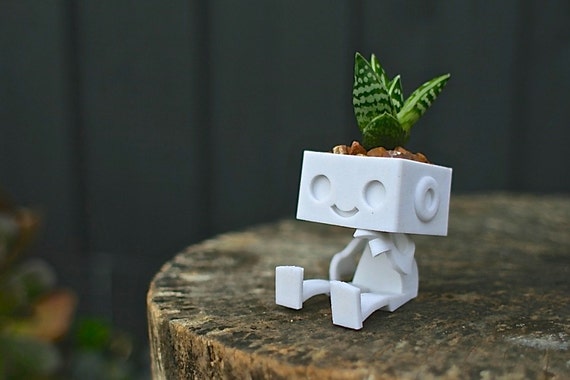In the 1940's every housewife wanted a new China dinnerware set, for her family or for entertaining, ceramic was pricey and often kept in the corner china closet for special dinners. By the 1950's, melmac was the rage. At first, companies selling plastic had to do some hefty marketing to compete with china, can you imagine the fact that their claim to fame was that it was "unbreakable" or would be replaced if broken or stained (coming from the person who worked at Meladur, she was in the replacement division, and had so many coffee cups weekly that were stained by coffee to replace.)
Now, keep in mind melmac wasn't exactly cheaper than china dinnerware in a fancy department store, in fact, some lines were downright pricey at the time and would be on display at Macy's or Hecht's and a set for four or six would be just as costly as a high end ceramic set. Some housewives had to save for weeks just to afford a set of dinnerware.
I have to give kudos to the marketing alliance that would make plastic dishes as expensive as ceramic, and make the housewives want them. This however wasn't so easy on the china dinnerware manufacturers. It was direct competition to them and at first there was a whole ceramic dinnerware manufacturer alliance that plotted and planned on how to boycott the melmac and reinforce the fact their dishes were better.
By the mid to late 1960's the smart manufacturers like Stetson decided to have melmac dinnerware molded for them (by a plastics molder) and add their name to it. It was an appendage of their regular lines, so in fact if you opened a department store catalog, you would see their ceramic dinnerware plus their plastic lines too. Smart companies like Oneida, Stetson, Russel Wright's designs, will be found both in ceramic and melamine. Others simply refused to jump on the plastic bandwagon, and this was their loss of profits in my opinion. At first in the 1980's when I was collecting plastic, most dinnerware collectors scoffed at collecting the plastic lines, because they thought they were junk in comparison to ceramic. However, over time, it was realized that even the designers who designed the plastic lines put great effort into making them. From the details and designs on the dishes to the box, marketing and promotional material.
Stetson stems from it's owners Louis B. Stetson who started the china company in 1919 and was located in Lincoln Illinois. It was a family business and his nephew worked there too. It is said that early production included other companies "blanks" along the way, and an article on Worthpoint indicates Stetson manufactured both melmac dinneware and pottery dinnerware. Now, no discredit to the author but I am unsure if this was true. If Stetson manufactured their own plastic line (they would have had to have a moulding facility just for plastics) in their factory, but perhaps they were like many companies who contracted another moulding company to do so . Either way, the history on it is minimal and one day I will delve through my plastics encyclopedias's and debunk this one way of the other, but today I do not have the time.
History indicates that Marcrest products would buy them out, and this makes a lot of sense because later examples of Stetson melmac and Marcrest Melmac look similar in design. Marcrest had a great marketing mindset, and would sell a lot of melmac premiums from grocery stores to magazine mail order and relatively affordable at that. You can see the similarities in the covered tabbed sugar bowls and the funky S design divided round serving bowls.
Even after Stetson was "out of business" Marcrest continued the solicitations and selling of the Stetson melmac products. By 1963 the classic 1950's patterns were reworked into a new "Contour Line" which was super cool and hard this day to find. Melmac collectors may scoff at the 1960's wheat and brown leafy designs but what's truly exquisite is the shape of the coffee cups. They look like something out of the Jetson's. I personally call them cat eye cups. How fun it would be to have a set of just the cups and saucers in a 1950's kitchen!
I have several sets of Marcrest and Stetson tucked away. I always thought they were the perfect weight and design. The 1950's pink Stetson sets will hold the most value if you are collecting them. Everyone loves 1950's pink, and if you decided to collect only Marcrest or Stetson, you would be surprised just how many designs there are, many will remain unidentified unless you are lucky enough to search old magazines and find their official names.
Collecting is fun, and keeps the items out of the landfill and at use in the home.
Thanks for reading, if you like this article, share. Sponsored by: 




